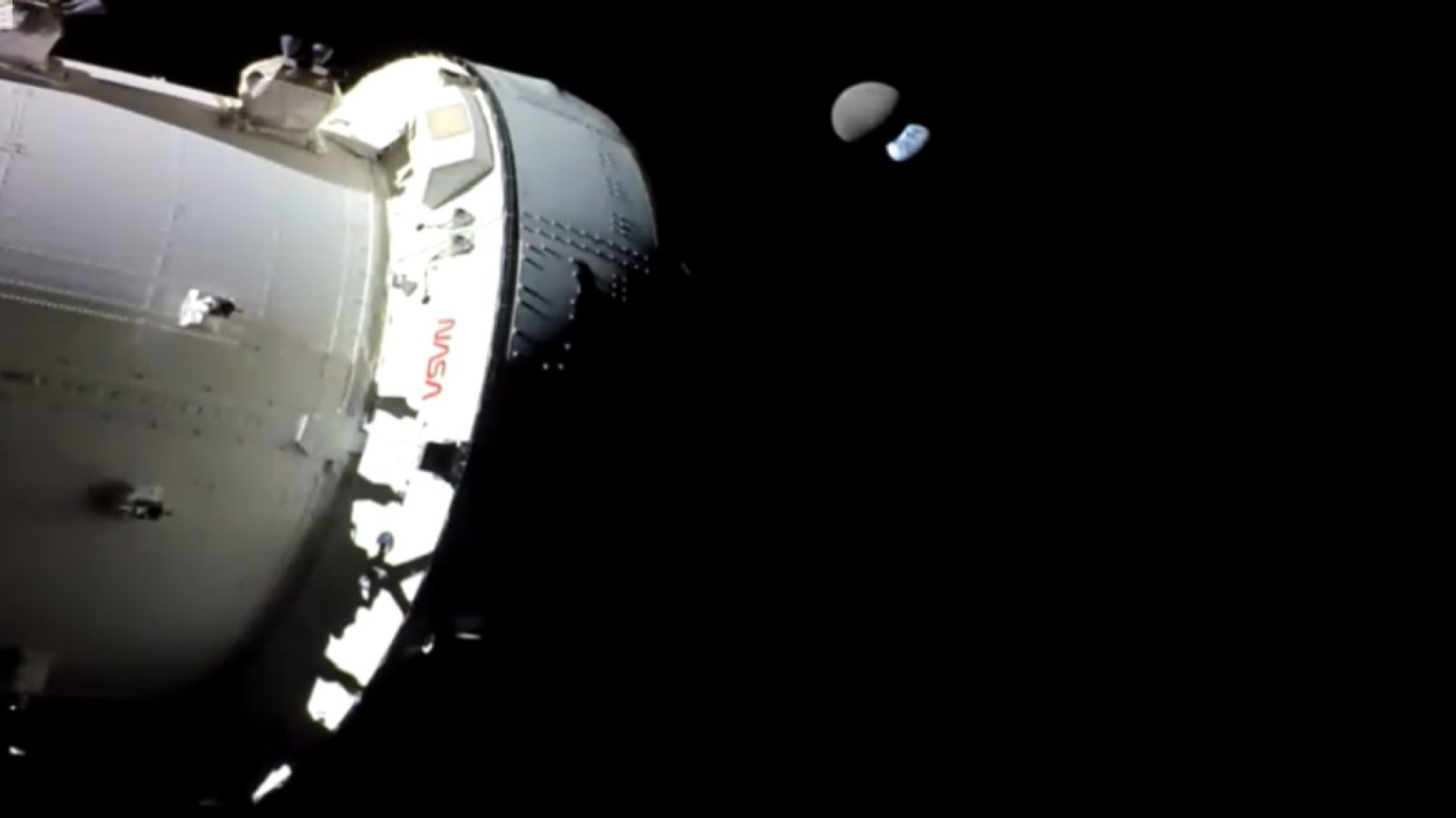https://sputnikglobe.com/20221211/nasa-administrator-hails-orions-successful-return-as-milestone-of-us-lunar-comeback-1105363567.html
NASA Administrator Hails Orion's Successful Return as Milestone of US Lunar Comeback
NASA Administrator Hails Orion's Successful Return as Milestone of US Lunar Comeback
Sputnik International
MOSCOW (Sputnik) - NASA Administrator Bill Nelson said on Sunday that the successful return of the Orion spacecraft after its first uncrewed test mission... 11.12.2022, Sputnik International
2022-12-11T21:03+0000
2022-12-11T21:03+0000
2022-12-11T21:03+0000
science & tech
orion
nasa
lunar program
lunar mission
https://cdn1.img.sputnikglobe.com/img/07e6/0b/1c/1104802655_77:0:1855:1000_1920x0_80_0_0_0790e891c58641818194854b0cc85cda.png
According to the official, all systems worked as planned during the touchdown, including the heat shield and the parachutes.The US seeks to cooperate on the Artemis program with private companies and other countries, Nelson said.The unmanned Artemis 1 mission is key step toward NASA's goal of crewed lunar flights of the Orion spacecraft, with the first of them, Artemis 2, scheduled to launch in 2024. Artemis 2 is expected to be the first manned lunar mission since Apollo 17 in 1972, which is the most recent time people landed on the Moon.
Sputnik International
feedback@sputniknews.com
+74956456601
MIA „Rosiya Segodnya“
2022
Sputnik International
feedback@sputniknews.com
+74956456601
MIA „Rosiya Segodnya“
News
en_EN
Sputnik International
feedback@sputniknews.com
+74956456601
MIA „Rosiya Segodnya“
Sputnik International
feedback@sputniknews.com
+74956456601
MIA „Rosiya Segodnya“
science & tech, orion, nasa, lunar program, lunar mission
science & tech, orion, nasa, lunar program, lunar mission
NASA Administrator Hails Orion's Successful Return as Milestone of US Lunar Comeback
MOSCOW (Sputnik) - NASA Administrator Bill Nelson said on Sunday that the successful return of the Orion spacecraft after its first uncrewed test mission marked "a defining day" for the US mission to return to the Moon.
According to the official, all systems worked as planned during the touchdown, including the heat shield and the parachutes.
"This is a defining day. It's one that marks new technology, a whole new breed of astronauts, a vision for the future that captures the DNA of particularly Americans, although we do this as an international venture, and that DNA is: we are adventurers, we are explorers, we always have a frontier," Nelson said in NASA's livestream.
The US seeks to cooperate on the Artemis program with private companies and other countries, Nelson said.
"We don't do it secretively, we do it openly, and we do it with our friends, and we invite all peoples of the world. And we do it also with commercial partners," NASA administration said.
The unmanned Artemis 1 mission is key step toward NASA's goal of crewed lunar flights of the Orion spacecraft, with the first of them, Artemis 2, scheduled to launch in 2024. Artemis 2 is expected to be the first manned lunar mission since Apollo 17 in 1972, which is the most recent time people landed on the Moon.



